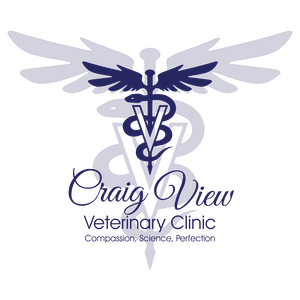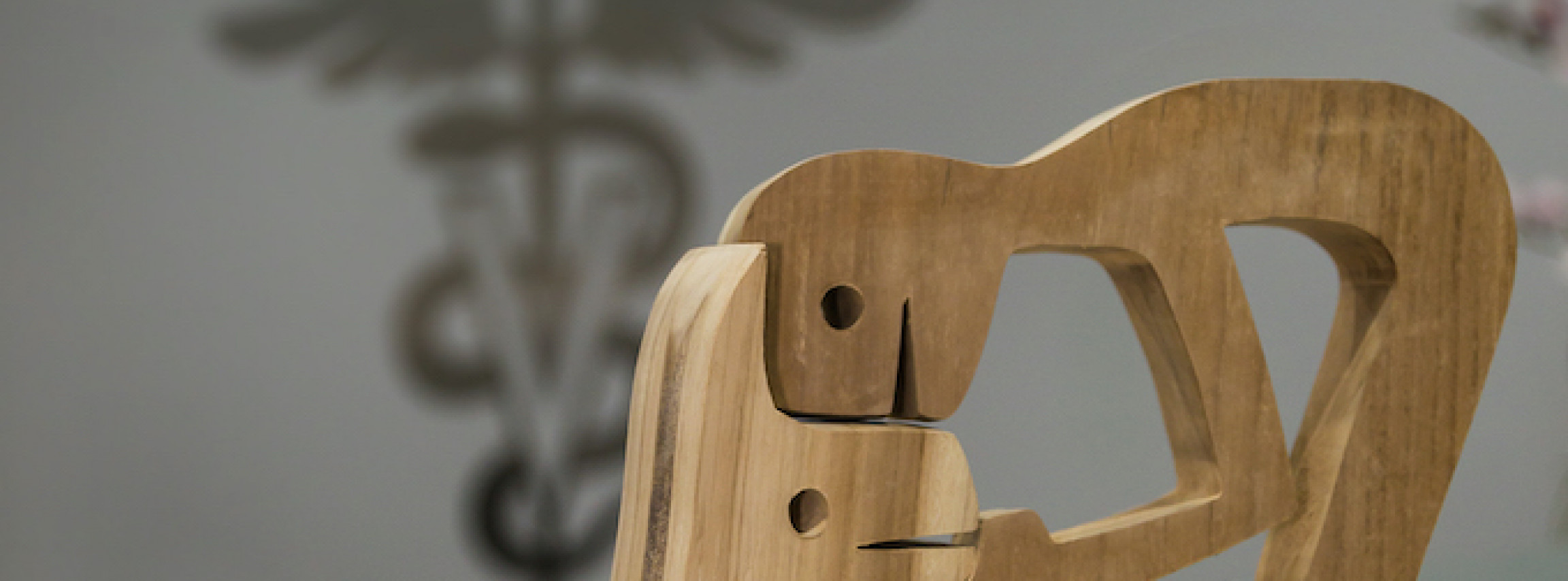Wound Care
The first step to consider when dealing with wound care is to asses the overall stability of the animal. Its imperative to understand the patients risk factors as to whether they may be life-threatening. Any animal that is potentially high-risk must be stabilised before performing any procedure.
Types of wounds seen by Veterinarians
Veterinarians encounter many types of wounds, including incisions, lacerations, bites, burns, and degloving injuries. Although the management of these wounds can vary, the microscopic healing process occurs the same way with each type of wound.
Regardless of the type of wound being seen, the principles and fundamentals of debridement, infection or inflammation control, and moisture balance are critical. The wound must be protected from any further contamination or trauma, and depending on the course the Dr would like to take, the wound should be covered with a sterile, lint-free dressing.
Wound lavage (Cleaning)
The wound is carefully washed out using the necessary medical solution – it is done to was away both visible and microscopic debris. The cleaning scales down the bacterial load in the tissue, which will effectively assist in the reduction of wound complications.
Wound lavage is most effective when delivered under the correct amount of pressure. The fluid used should be nontoxic and antiseptic.
Debridement of the wound
Once the wound is prepared and all hair has been removed – debridement will take place; this is the removal of large segments of tissue, often nonselective, but if performed methodically one is able to preserve specific tissues.
Any skin that is blue-black in colour, leathery to touch, thin, or white is usually not feasible to save and necrotic. This tissue should be trimmed away.
The debridement can be done as one single section, called ‘en bloc resection’, or removed in layers.
After the initial inspection, lavage and debridement has been completed, the veterinarian will make a decision as to whether or not the wound should be closed or left open for ‘open wound management’.
Wound Closure
A wound closure should only be done in situations where the Dr wants to ensure no complications.
Sutures, staples or cyanoacrylate can be used to close up the wound – the type of suture pattern used will be dependent on the surgeon, the size of the wound and the size of the animal. However, primary closure may not always be appropriate for some grossly contaminated wounds, therefore it is important to understand that the process may be delayed until the infection is under control.
Open Wound Management
An open wound is one where there has been a loss of skin making closure impossible or wounds that are left open due to the nature of the infection and should therefore not be closed.
Should the wound be left open the treatment is based on repeated bandage change and debridement until the wound heals. In the initial stages of the process, bandages are changed once, sometimes twice, a day. The wound will start by forming what is called granulation tissue, this tissue together with the early epithelium, can be damaged easily, for that reason it must not be disrupted as it can delay the healing process.
Factors that are considered when using Open Wound Management:
· Patient mobility
· Owners affordability
· Wound location






